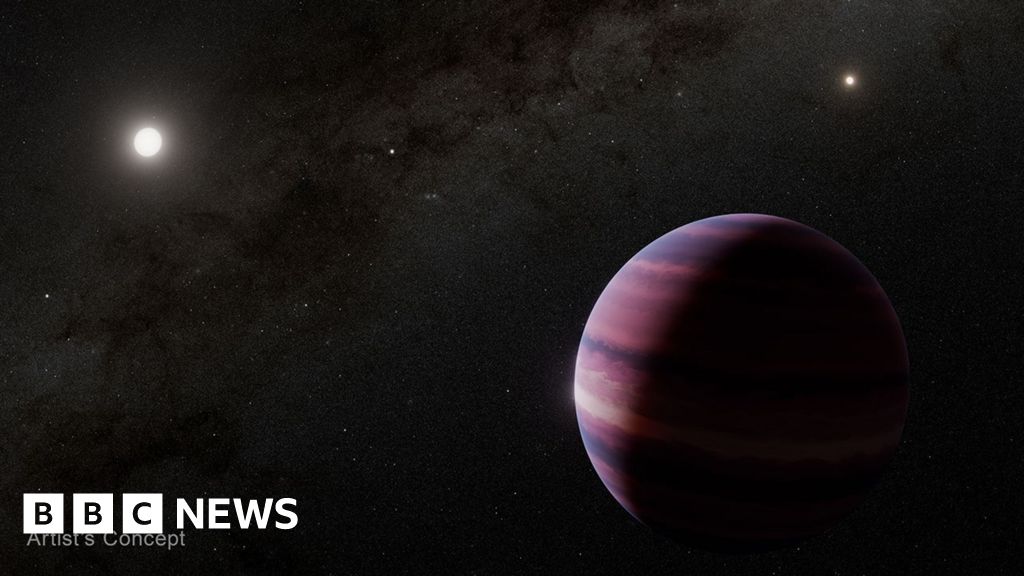Record-Breaking Black Hole Discovered in Vast Cosmos

Introduction
A groundbreaking discovery has been made in the depths of the cosmos - a black hole that could potentially be the most massive one ever found. Located 5 billion light-years away, this colossal black hole is estimated to have a mass of 36 billion suns, pushing the boundaries on what was previously thought possible for these enigmatic objects.
Key Details
The black hole was discovered by a team of astronomers using the Very Large Telescope (VLT) in Chile. They were able to measure the mass of the black hole by observing the movements of stars around it. This impressive feat of detection has provided valuable insight into the behavior and characteristics of black holes.
This discovery also sheds light on the potential for even larger black holes to exist in the universe. It challenges current theories on the upper limit of black hole sizes, and raises the question of what other massive objects may be lurking in the vast expanse of space.
Impact
The implications of this discovery are far-reaching and significant. It adds to our understanding of the vast and mysterious cosmos, and raises new questions for scientists to explore. The record-breaking black hole holds the potential to unlock new insights on the formation and evolution of these enigmatic objects, helping us piece together the puzzle of our universe.
About the Organizations Mentioned
Very Large Telescope
The **Very Large Telescope (VLT)** is a premier astronomical observatory operated by the European Southern Observatory (ESO), renowned as one of the world’s most advanced visible-light telescopes. Located at Cerro Paranal in Chile’s Atacama Desert, the VLT consists of four main Unit Telescopes, each with an 8.2-meter diameter mirror, complemented by four smaller 1.8-meter Auxiliary Telescopes. These telescopes can function independently or combine their capabilities through interferometry, enabling astronomers to achieve unprecedented resolution and detail in observing celestial objects[1][6][7]. Commissioned in 1999, the four Unit Telescopes bear names derived from the Mapuche indigenous language: **Antu** (Sun), **Kueyen** (Moon), **Melipal** (Southern Cross), and **Yepun** (Venus). The VLT’s optical performance allows it to image objects up to 4 billion times fainter than the naked eye can see, reaching celestial magnitudes as faint as 30 in long exposures. This capability has made it instrumental in a wide range of astronomical discoveries, from studying distant galaxies to observing exoplanets and stellar phenomena[1][6]. The VLT’s design and construction involved advanced engineering, with partners like the EIE Group providing essential steel structures and mechanical components to ensure precise tracking and stability under environmental challenges[6]. ESO’s commitment to innovation continues with the development of the **Extremely Large Telescope (ELT)**, set to surpass the VLT’s capabilities with a 39-meter segmented primary mirror and cutting-edge adaptive optics, promising a transformative leap in ground-based astronomy[2][4][5][7]. Today, the VLT remains operational and a cornerstone of European and global astronomical research, contributing to key scientific advancements and technological progress. Its location in one of the world’s clearest and driest skies, combined with its technical sophistication, makes it a flagship facilit




